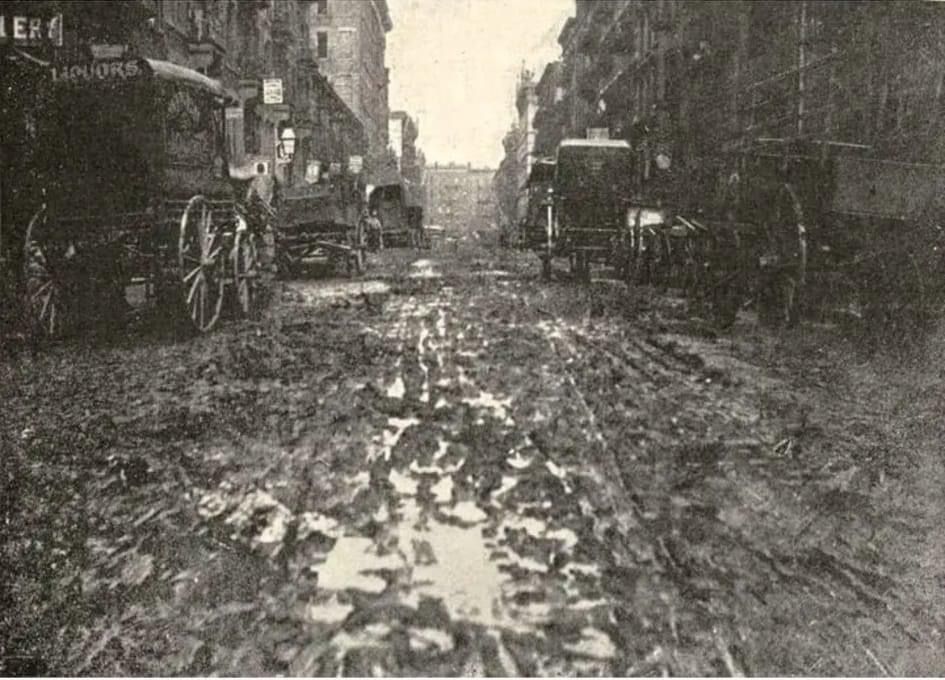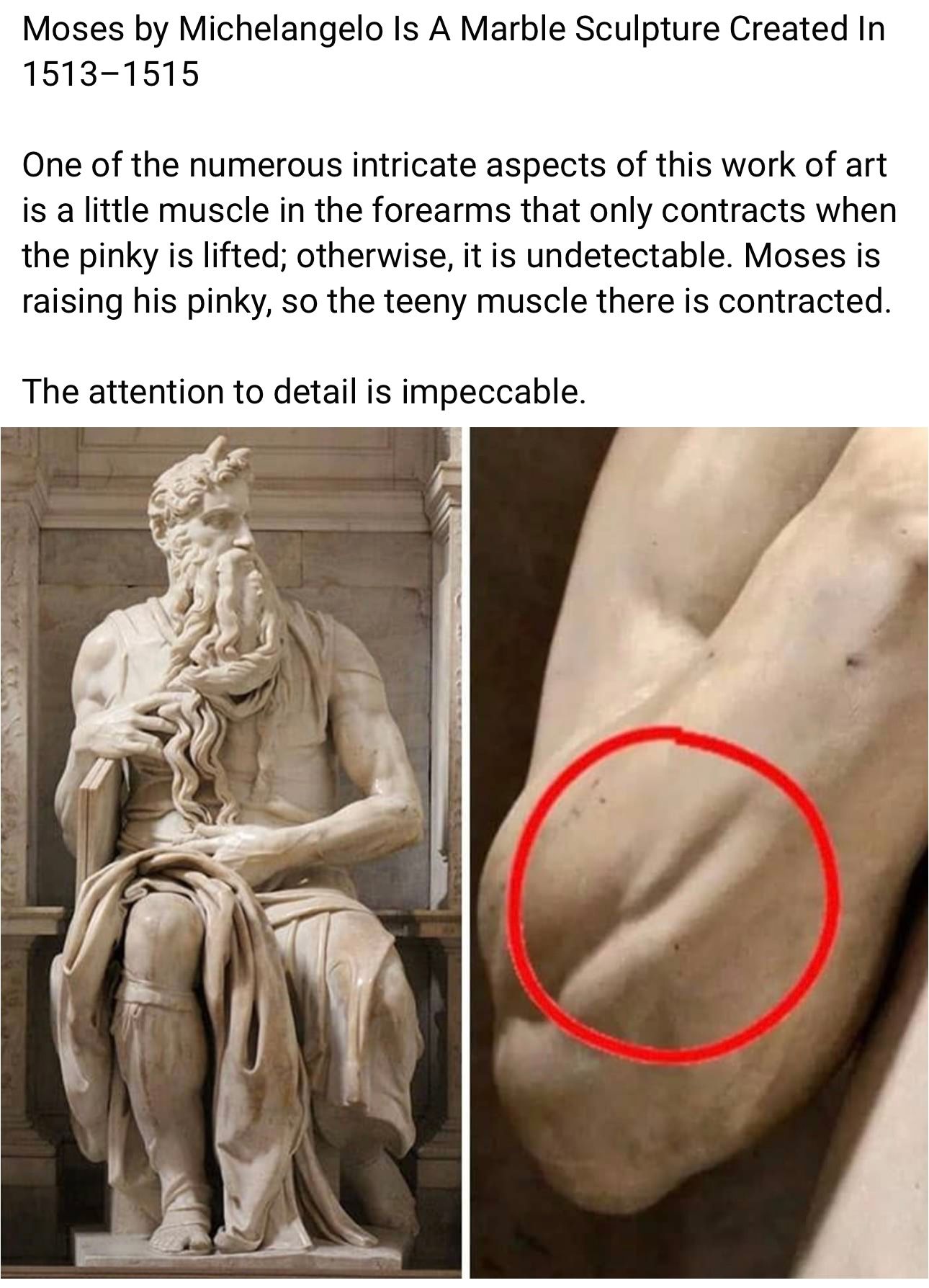Mildly interesting
-
From a recent history podcast I listen to:
Alcohol comes from the Arabic word 'Al-khol'. Muslims invented hard liquor.
Arabic numbers actually came from India.
-

-
-
you will notice that i beat you by 7 hours.
although interesting, i did not think it warranted its own thread
-

In 1896, Belém (a port city in Brazil) bloomed with wealth through the sale of Amazonian rubber worldwide, transforming farmers into overnight millionaires who erected opulent mansions using European materials. Meanwhile, their wives and daughters sent their garments for laundering across the old continent and imported mineral water from London for their baths. The "Theatro da Paz" flourished as the epicenter of Amazonian cultural life, hosting concerts featuring European artists. Notably, the enchanting French opera singer Camille Monfort (1869-1896) captivated audiences, inciting intense desire among affluent gentlemen and profound jealousy among their spouses due to her striking beauty.
Camille Monfort further scandalized society with her unconstrained behavior, flouting the social norms of her era. Legend has it that she was sighted half-clad, dancing in Belém's streets to cool herself in afternoon rains. Her solitary nocturnal strolls also piqued interest as she wandered in long, black, ethereal dresses beneath the full moon along the banks of the Guajará River toward the Igarapé das Almas.
Rumors swiftly circulated about her, spawning malicious gossip. Some claimed she was the paramour of Francisco Bolonha (1872-1938), who had imported her from Europe, alleging he bathed her in costly imported champagnes in his mansion's tub. Whispers also suggested she had fallen victim to vampirism in London, evident in her pallor and sickly appearance. It was rumored she harbored a mysterious craving for human blood, purportedly hypnotizing young women with her voice during concerts, luring them to slumber in her dressing room to sate her desires. Interestingly, this coincided with reports of fainting spells in the theater during her performances, ostensibly attributed to the intense emotions evoked by her music.
Furthermore, tales circulated of her alleged ability to commune with the deceased, manifesting their spirits in ectoplasmic mists expelled from her body during séances. These occurrences marked the early emergence of spiritualism in the Amazon, clandestinely practiced in Belém's palatial enclaves, such as the Palacete Pinho.
By the year's end, a devastating cholera epidemic swept through Belém, claiming Camille Monfort as one of its victims. She was interred in the Cemetery of Solitude, where her tomb remains shrouded in slime, moss, and dry foliage beneath the canopy of a towering mango tree, casting her resting place into shadow pierced only by occasional sunbeams filtering through the verdant leaves. Her neoclassical mausoleum bears a door sealed by an aged, rusted lock, revealing a marble bust of a woman atop the neglected sepulcher's broad lid, with a framed image of a veiled woman affixed to the wall.
The tombstone bears the inscription: "Here lies Camila María Monfort (1869-1896) The voice that captivated the world." Despite this, whispers persist to this day, suggesting her tomb is empty, alleging her demise and burial were mere ruses to conceal her vampiric affliction. -
-
@jon-nyc said in Mildly interesting:
I wish they hadn’t overdubbed music so you could actually hear the murmur…
-
The Horse Manure Problem of 1894

The 15 to 30 pounds of manure produced daily by each beast multiplied by the 150,000+ horses in New York city resulted in more than three million pounds of horse manure per day that somehow needed to be disposed of. That’s not to mention the daily 40,000 gallons of horse urine.
In other words, cities reeked. As Morris says, the “stench was omnipresent.” Here are some fun bits from his article:
Urban streets were minefields that needed to be navigated with the greatest care. “Crossing sweepers” stood on street corners; for a fee they would clear a path through the mire for pedestrians. Wet weather turned the streets into swamps and rivers of muck, but dry weather brought little improvement; the manure turned to dust, which was then whipped up by the wind, choking pedestrians and coating buildings.
. . . even when it had been removed from the streets the manure piled up faster than it could be disposed of . . . early in the century farmers were happy to pay good money for the manure, by the end of the 1800s stable owners had to pay to have it carted off. As a result of this glut . . . vacant lots in cities across America became piled high with manure; in New York these sometimes rose to forty and even sixty feet.
We need to remind ourselves that horse manure is an ideal breeding ground for flies, which spread disease. Morris reports that deadly outbreaks of typhoid and “infant diarrheal diseases can be traced to spikes in the fly population.”
Comparing fatalities associated with horse-related accidents in 1916 Chicago versus automobile accidents in 1997, he concludes that people were killed nearly seven times more often back in the good old days. The reasons for this are straightforward:
. . . horse-drawn vehicles have an engine with a mind of its own. The skittishness of horses added a dangerous level of unpredictability to nineteenth-century transportation. This was particularly true in a bustling urban environment, full of surprises that could shock and spook the animals. Horses often stampeded, but a more common danger came from horses kicking, biting, or trampling bystanders. Children were particularly at risk.
Falls, injuries, and maltreatment also took a toll on the horses themselves. Data cited by Morris indicates that, in 1880, more than 3 dozen dead horses were cleared from New York streets each day (nearly 15,000 a year).
.
.
.
.
.
. -
-






